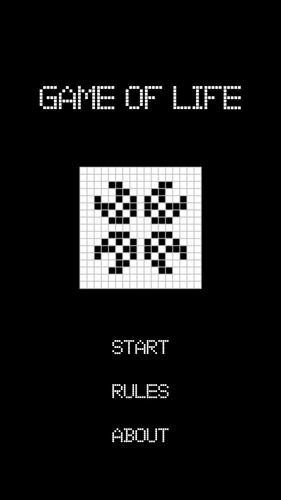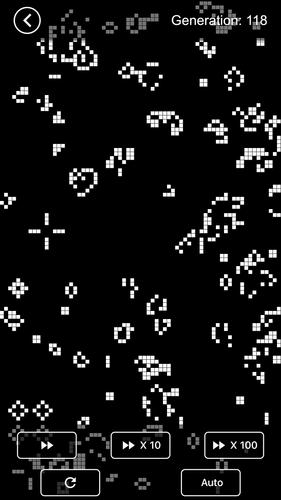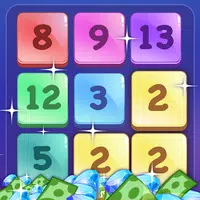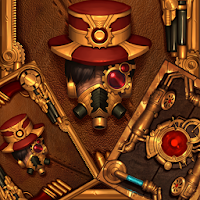Conway's Game of Life, a cellular automaton conceived by mathematician John Conway in 1970, unfolds on an infinite, two-dimensional grid. Each cell exists in one of two states: alive or dead. The game progresses through generations, with each cell's fate determined by its eight immediate neighbors (horizontally, vertically, and diagonally adjacent).
The initial arrangement of live and dead cells forms the first generation. Subsequent generations arise by simultaneously applying a set of rules to every cell:
- Survival: A live cell remains alive if it has two or three live neighbors.
- Birth: A dead cell becomes alive if it has exactly three live neighbors.
Conway experimented with numerous rule variations before arriving at this specific set. Other rule combinations often lead to rapid population extinction or unrestrained expansion. The chosen rules, however, reside near the critical point between these extremes, creating a fascinating balance that fosters complex and unpredictable patterns. This delicate equilibrium, reminiscent of other chaotic systems, suggests that the most intriguing behavior emerges at the boundary between opposing forces.




















